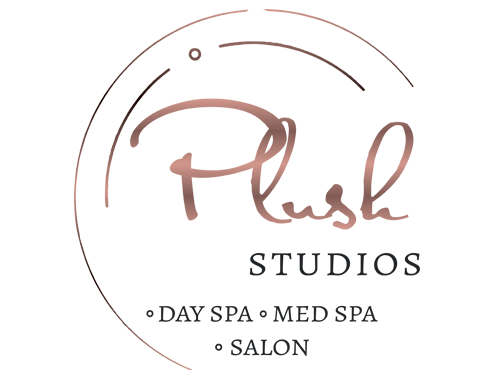

THE NEW MINI FACE LIFT PDO THREADS
Plush Studios & Medical Aesthetics Billings, MT
HOW PDO THREADS ARE PLACED
The placement of these PDO sutures is done with minimal discomfort (somewhat similar to filler placed with a cannula). They are placed just underneath the surface of the skin and don't require the deep fixation that the prior threads needed. Downtime is minimal.
The risks and complications have been significantly reduced as well. Results can last from 12-18 months, depending on the area treated.
Only about 30% of the full result is seen immediately. It takes about 3-4 months to see the final result as the body reacts to the thread.
PDO threads aren't for everyone. Severe skin laxity won't be improved with these. It is vitally important that patients have realistic expectations for threads. The results won't be comparable to surgery but will offer improvements which might push surgery out for a few years. The great thing about the threads is that more can be added down the road to maintain or get additional correction.
THERE ARE 4 DESIGN VARIANTS OF THE PDO THREADS:
Dermal thickening is needed. Often they are placed in a cross-hatched pattern. They are commonly placed in areas of superficial wrinkles or crepey skin. Common areas used are: cheeks, neck, marionette lines, glabella, temples, forehead, lip lines, lips.
Twisted threads: these are smooth threads which are coiled. They give more collagen production than the smooth. These are used mainly in the nasolabial folds and marionette areas.
Single Barbed threads: these threads have barb on them (cut with a laser) to lift and tighten sagging skin. Once they are placed, the FNP runs her hand over the thread to engage the barbs to help pull the skin up or back. The ideal areas for these threads are the mid/lower face, jowls, and upper neck. Keep in mind these can be used anywhere on the body and some physicians are using these in the knee area, chest, and breast area. Think of these threads as "creating a collagenous tendon" as the body breaks the PDO down and replaces it with collagen.
Double Barbed threads: similar to the single barbs but they have 2 sets of barbs going in opposite directions. They are placed slightly differently and require an exit point as well. Once the suture is in position and engaged, both ends are cut at the level just below the skin. These are used in similar areas as the single barbed threads when cheek fullness is desired or additional lifting is needed.
PDO threads aren't for everyone. Severe skin laxity won't be improved with these. It is vitally important that patients have realistic expectations for threads. The results won't be comparable to surgery but will offer improvements which might push surgery out for a few years. The great thing about the threads is that more than can be added down the road to maintain or get additional correction.
